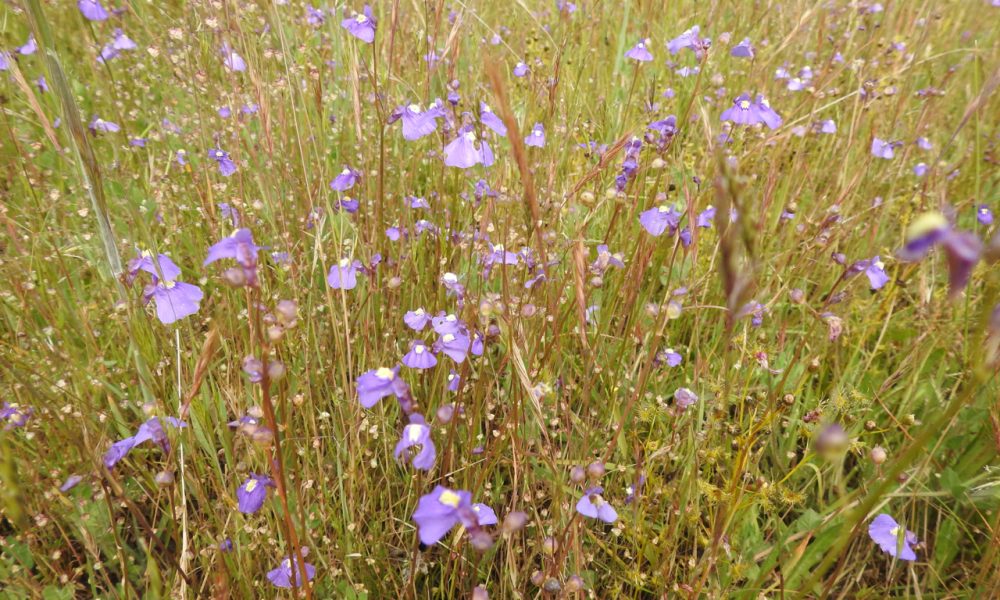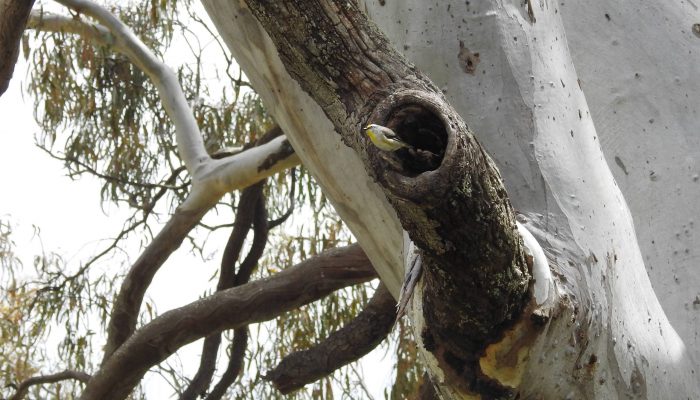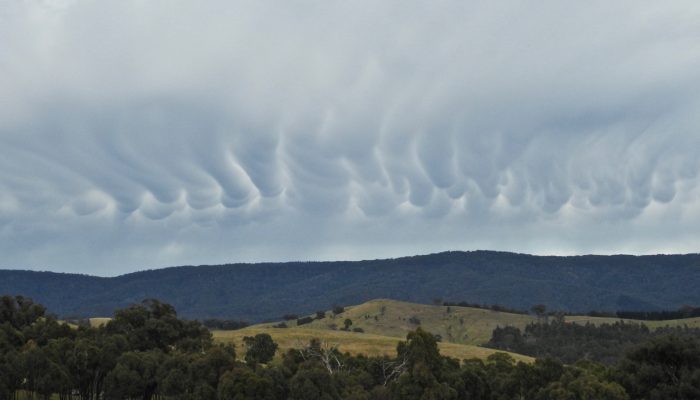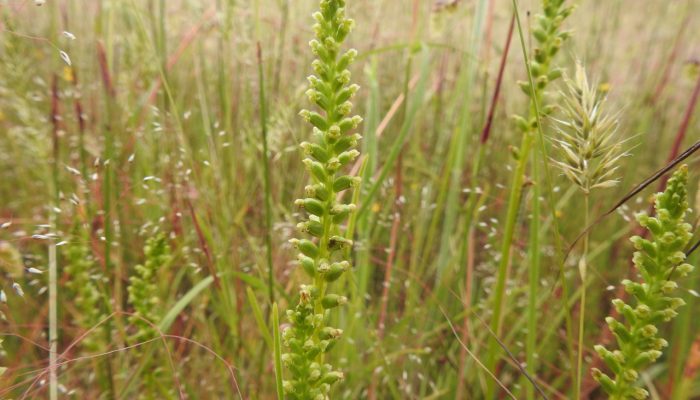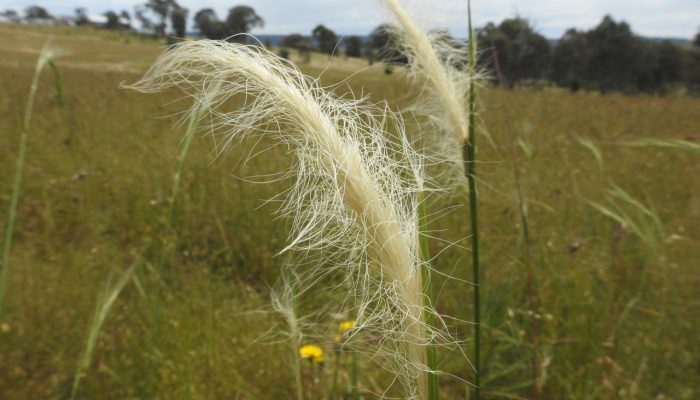The Burge Family Reserve sits on the edge of the Strathbogie Ranges at Gobur, just north of Yarck. Although only 38 hectares in size, it supports seven threated species in Box Gum Grassy Woodland habitat. This Nationally threatened plant community is very rare in the Gobur district, with only 2 per cent now remaining.
This property was in the same family since settlement until it was donated to Trust for Nature by the late Mervyn Shaw in 2010. Merv grazed sheep and cattle on the property, but also loved trees and nature.
Burge Reserve is closed to general public between November 1 and March 31.
All Trust for Nature reserves are closed on days of Total Fire Ban, and days of severe, extreme and code red fire danger.
